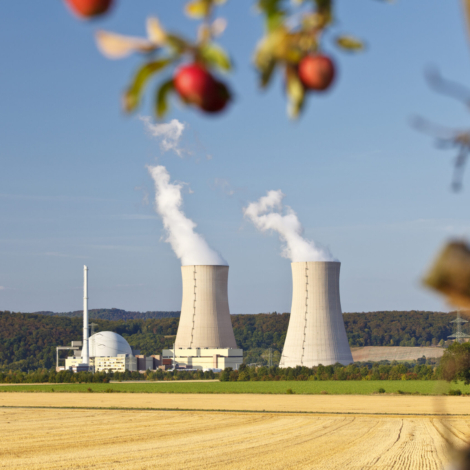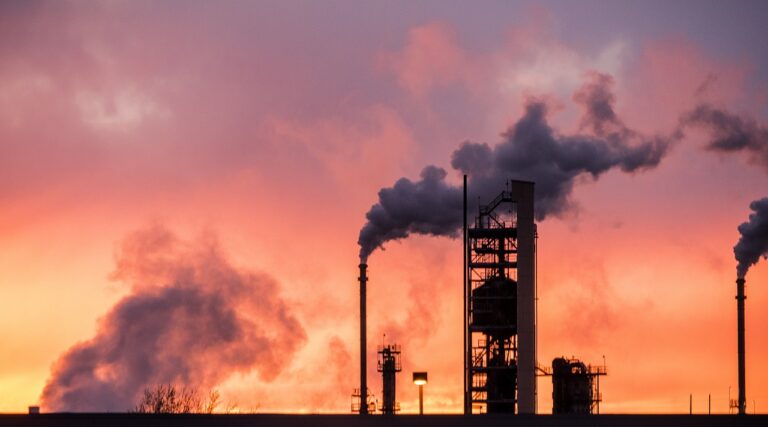Nuclear power could take a starring role in a future where energy production has net-zero emissions, and three energy experts have mapped out the path. Complementing nuclear power plants with three sets of technologies could allow the reactors to replace all fossil fuels, according to an analysis by Dr. Charles Forsberg, energy research scientist at Massachusetts Institute of Technology (MIT) in Cambridge (USA) and colleagues, who published their plan recently in ASME Open Journal of Engineering.
The authors have outlined a plan to substitute low-carbon fuels for three kinds of energy that are produced largely by fossil fuels today — grid electricity, gas for heating and gasoline, diesel and jet fuel. Their plan calls for nuclear power plants to provide baseload electricity to the grid, meaning the minimum necessary. The reactors would include large-scale heat storage as a cheap battery that can take the excess energy produced by wind and solar. Along with baseload energy, the reactors would also produce hydrogen that can replace natural gas. And nuclear heat and hydrogen can convert plant biomass into liquid biofuels that can replace gasoline, diesel, jet fuel, and other fossil fuels.
Learn More: See E4C’s Solutions Library for hundreds of energy producing innovations for sustainable development.
The proposed nuclear facilities could have multiple modular reactors built in local factories to reduce costs through mass production, the authors write. Adding heat and hydrogen helps produce more biofuel from the same amount of biomass, ensuring enough biomass to replace crude oil without skyrocketing increases in the demand on food and fibers. Leaning heavily into biomass could compete with farmland producing food and fibers, as other research has pointed out.
A biofuel production system as proposed by Dr. Forsberg and colleagues could help remove carbon dioxide from the atmosphere by storing it as carbon in the soil and recycling nutrients like potassium and phosphorus, ensuring the sustainability of agriculture and forests. Through fast pyrolysis, biomass can be converted into biochar, which can be added to the soil for nutrients and water retention, or it could be converted into liquid fuels, the authors write.
Will it happen?
A plan so all-encompassing might seem unlikely to escape the pages of a research journal, but Dr. Forsberg says the pieces of the plan are already coming together.
“Most of it is beginning to happen—the question is how fast,” Dr. Forsberg says. He provides several examples for each of the three sets of technologies that can be integrated with nuclear power.
Large-scale heat storage technology may be on the horizon, exemplified by the proposed Natrium reactor in Wyoming by General Electric and Terrapower. The reactor will include heat storage for variable power to the grid. It’s the first such plant and more will follow, Dr. Forsberg says.
Liquid cellulosic biofuels are incrementally scaling and plants are producing intermediate products for use in oil refineries, producing gasoline, diesel and jet fuel. And hydrogen production systems may be included as demonstrations in US nuclear plants within the next five years, Dr. Forsberg says.
“There will be no announcement that a ‘nuclear biofuels plant,’ opens” however, Dr. Forsberg says. “It’s an incremental conversion that drastically shortens time and maximizes using of existing facilities.”
What’s the next step?
While oil prices fluctuate wildly, investors may need more certainty with a less-than-mainstream technology such as biofuels. That could be a tipping point for biofuel — a minimum assured price backed by governments, Dr. Forsberg says.
Will nuclear be expensive for low- and middle-income countries?
Nuclear reactors are expensive, and that may be the sticking point, especially for low- and middle-income countries. But this plan calls for cheap renewables in the mix.
“I do not think this will be a constraint. If we get serious about climate change and the economics are right—the financing will show,” Dr. Forsberg says. The question is who will build it. At the moment, signs point to China. China has most of the PV panel market, most of the battery market and they have a large and quickly accelerating nuclear program.
“When they catch up with local demand, they will go international.,” Dr. Forsberg says.
The bottom line
Nuclear power has had a reputation for its waste that is hard to dispose of and its proximity to weapons. But the International Energy Agency calls it an important low-emissions soursce of energy. Nuclear reactors supply 10 percent of the world’s electricity, and the Net-Zero Emissions by 2050 Scenario calls for annual additions of more than 30GW of new nuclear capacity brought online every year.
The practicality of an overarching plan like this one might be that it calls for swapping the fuels we use today for renewables. And that is the only way to wean ourselves of fossil fuels, Dr. Forsberg says.
“Bottom line, if you really want to get off fossil fuels before 2075, you have to build upon existing industrial technologies—hydrocarbon biofuels using oil industry technology (no change beyond the refinery gate), industrial hydrogen as the chemical reagent for everything from ammonia to steel and heat storage coupled to nuclear versus CSP [concetrated solar power],” Dr. Forsberg says.

